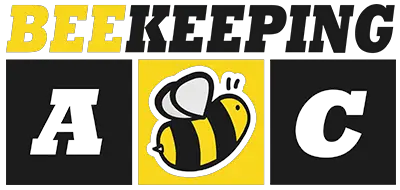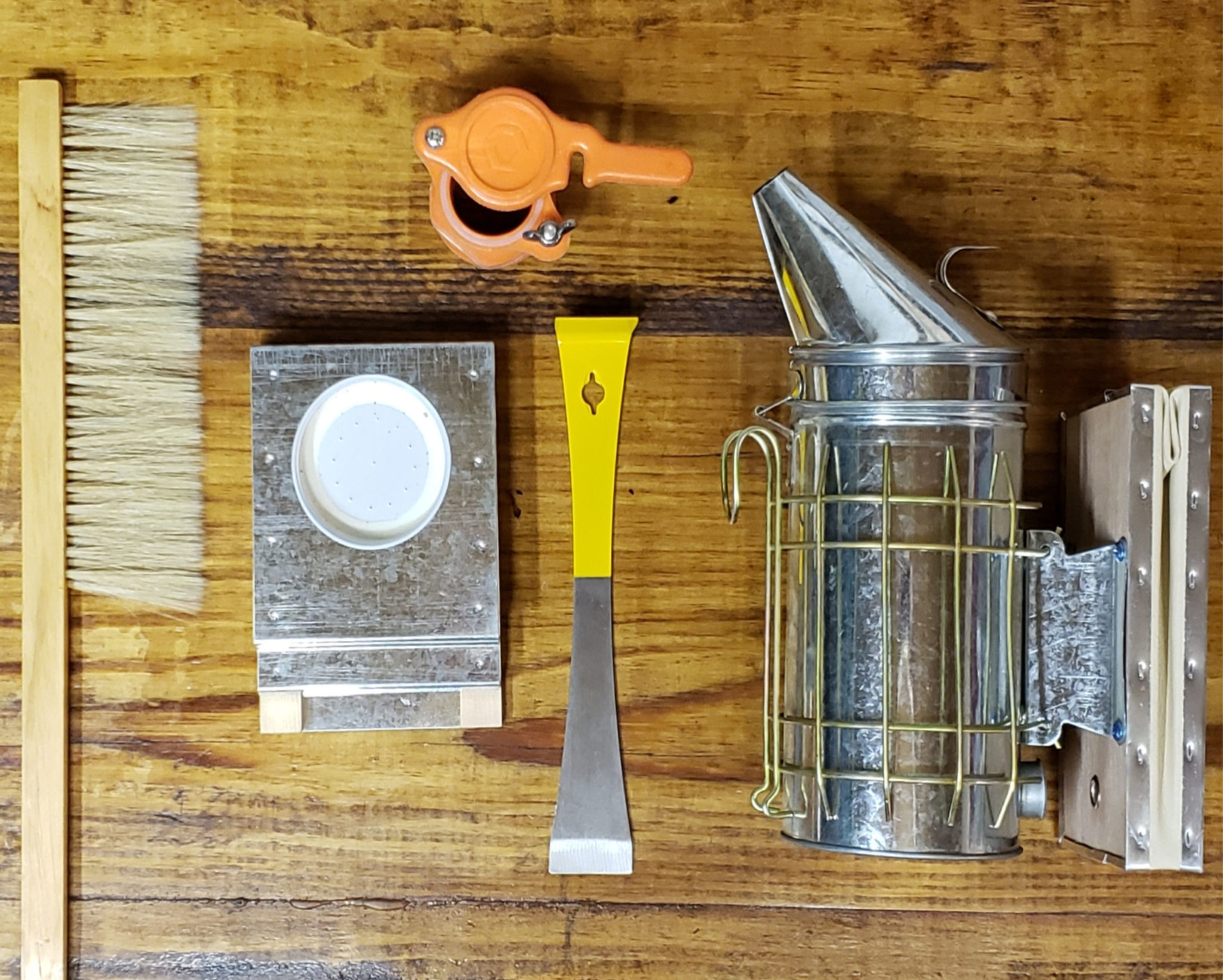Essential Beekeeping Clothing
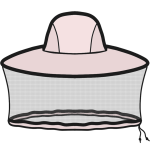
Veils allow for good visibility and ventilation whilst protecting your face and neck from stings. Some veils are secured by tying a knot around the waist or chest, or looping under the arms, while others cap zip directly onto a beekeeping jacket or suit.
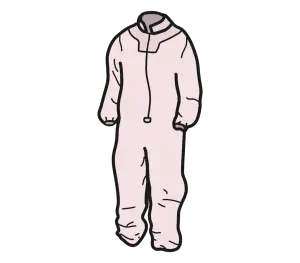
Beekeeping suits, or bee suits, usually consist of a set of long pants and a long sleeved jacket made of a heavy cotton canvas or mesh. Some bee suits are onesies, while others may zip around the waist. Many models also come with an attachable veil for more comprehensive protection.
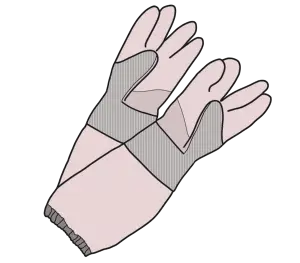
Beekeeping gloves are a good idea for beginners and pros alike. The ability to manipulate the hive and your bees with a much lesser chance of a sting can be crucial to proper hive management. Beekeeping gloves usually tie or zip above the wrist on the forearm, minimising the chance of exposed skin between the top of the gloves and the end of the jacket sleeves.
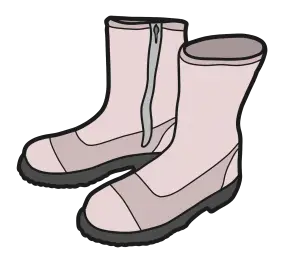
When it comes to beekeeping boots or footwear, what really matters is some ankle protection. You really don’t want an angry bee finding an exposed ankle where your pants don't quite make it down to your shoe. Many beekeepers agree that rubber boots or hiking boots are best, as they offer fantastic protection against stings, and also allow for pants to be tucked in, minimising the risk you have any skin exposed.
Beekeeping Tools
Tools For Hive Inspections
Bee Smoker
Bee Smokers, sometimes known as smoker, or a smoke pot, is a tool commonly used by beekeepers to calm bees during hive inspections or when collecting honey. Smokers usually consist of a steel cylinder, with a spout for more accurately directing smoke, a bellow to push the smoke out, and a hand guard to protect from burns. You can use various different fuels for bee smokers, from wood chips and pine needles to cotton or hay.
Hive Tools
The hive tool is an essential “jack of all trades” for beekeepers. Coming in two main iterations, the “Standard” and the “J-Hook”, it’s used for a range of tasks a beekeeping will need to do, such as scraping debris or excess comb, prying things open and off like lids or frames, and can also assist in removing bee stingers.
Bee Brush
A Bee Brush is exactly what you’d expect (no, it’s NOT a tiny brush for bees). Bee Brushes are soft bristled brushes used to gently remove bees from a surface without causing them harm. It’s very useful for quickly removing bees from a frame during an inspection, or while gathering frames when harvesting honey.
Tools for Honey Uncapping
Uncapping Knife
An uncapping knife is a long, double sided blade with an offset handle. One side of the blade is smooth, while the other is serrated. Uncapping knives usually have an offset handle so that you don’t hit your fingers on the side of the frame when cutting. The serrated blade of an uncapping knife makes cutting through wax easy, with beekeepers reporting the thinner the blade the better!
Uncapping Roller
An uncapping roller looks like a paint roller, with the roller covered in small needles designed to puncture the capped cells. A gentle touch is needed when using an uncapping roller, as pushing too hard will cause the roller to get clogged up with wax. Uncapping rollers are particularly favored among beekeepers who use electric honey extractors, as the small puncture holes rollers produce become less of an issue when the frames don't have to be spun manually.
Uncapping Fork
Uncapping forks are a simple tool consisting of a plastic or wooden handle attached to a series of metal tines (or needles). While uncapping forks can be utilized by themselves to uncap honey, they are usually used in conjunction with an uncapping knife or plane to remove wax in a capped frame that your plane or knife misses or cannot reach. Uncapping forks are also commonly used for hive inspections, as they’re a quick, reliable tool for opening caps to inspect drone broods for varroa mites.
Uncapping Plane
An uncapping plane consists of a handle attached to an electrically heated copper blade which can be adjusted to determine cutting depth. Beekeepers praise its ease and speed of use when compared to other tools. Uncapping planes are also said to be easier on the wrist than more traditional uncapping knives.
Heated Uncapping Knife
A Heated uncapping knife is an electrically powered uncapping knife designed to easily slice through wax without damaging the honey within. It does this by warming the blade using electricity from a simple wall plug, making this a convenient option for faster frame uncapping, which means faster honey harvesting!
Heat Gun
Heat guns commonly used for uncapping frames are the same as a heat gun you’d use to remove paint or wallpaper! The reason beekeepers use heat guns is due to the fact the gun melts the wax so quickly, that it becomes even faster than simply slicing with a knife (even a heated knife). As the wax melts so quickly, as long as it's used properly, a heat gun has minimal risk of damaging the frame or the honey.
